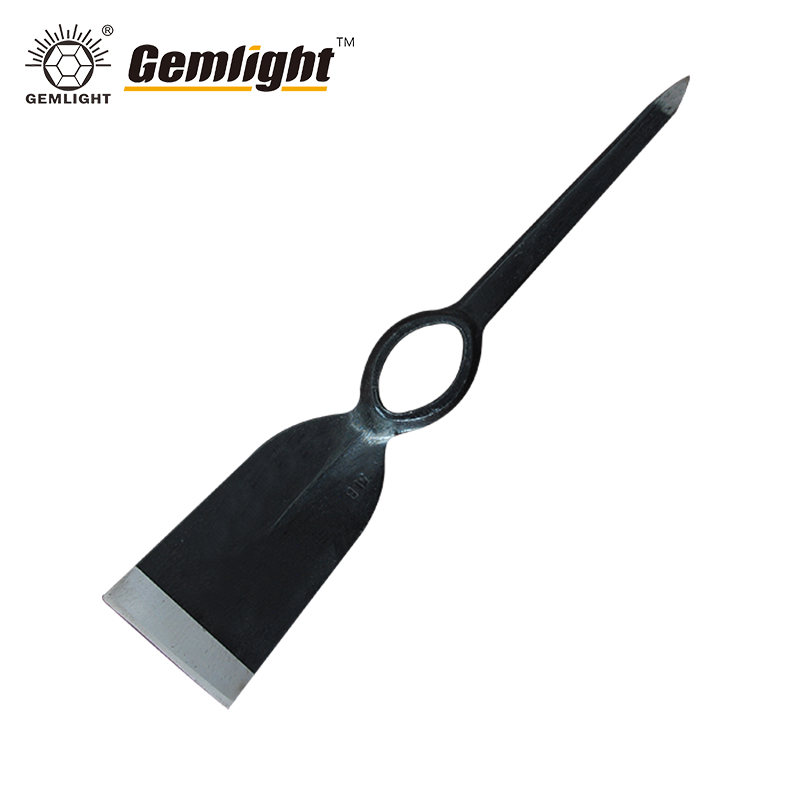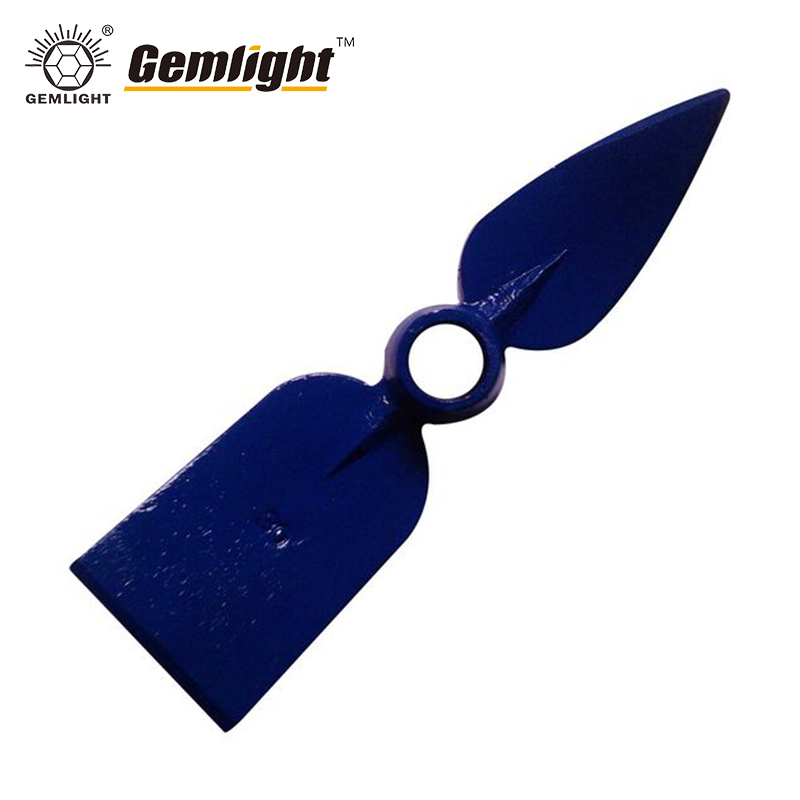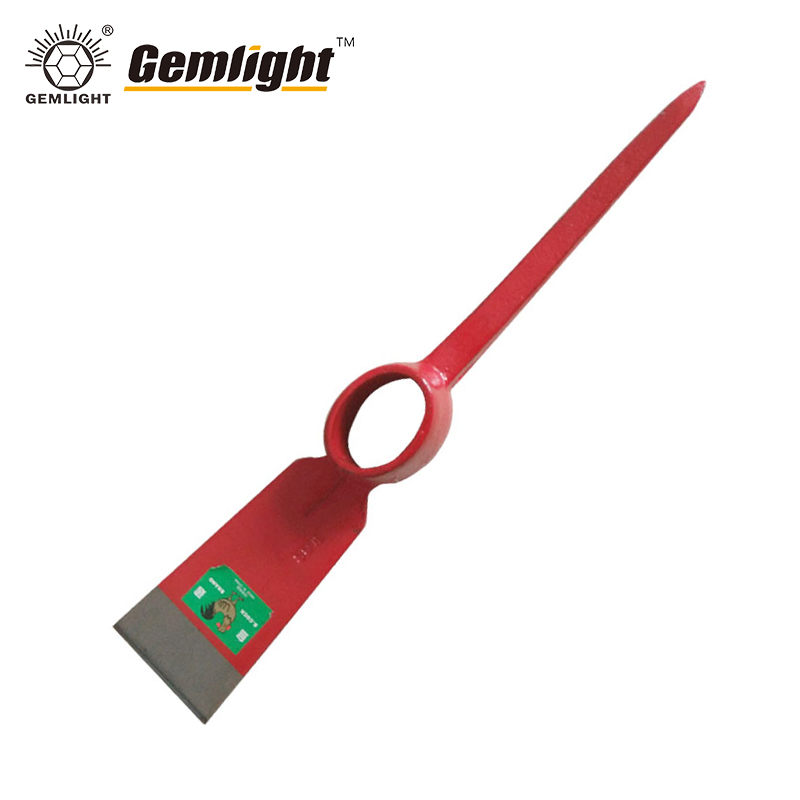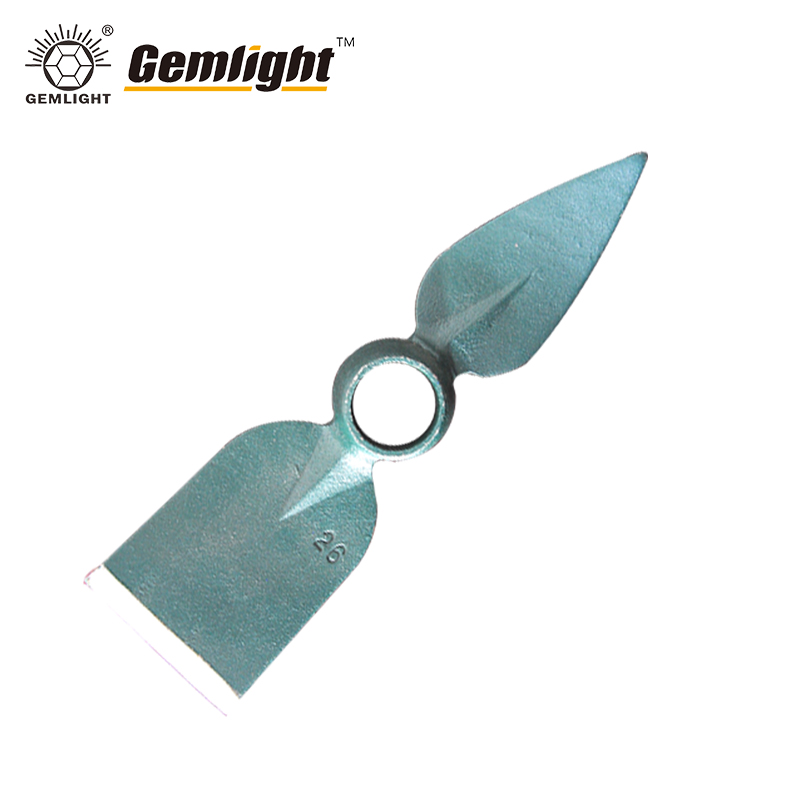News
In the vast and diverse farmlands of Africa, owning a top-quality steel pickaxe is essential for any farmer. Choosing the right steel pickaxe can significantly improve farming efficiency and help tackle the varied soil conditions across the continent. Every aspect—from durability to design—affects the tool’s performance and lifespan. This guide delves into why steel pickaxes are the preferred choice for African agriculture, highlights the key features to consider when selecting one, and compares different types available on the market. It also emphasizes the importance of handle materials, provides tips on proper maintenance for long-term use, and outlines common purchasing mistakes to avoid. Finally, the guide covers trusted sourcing options in Africa and practical safety tips to help you maximize the value of this indispensable farming tool.
| Pickaxe Head Material | Handle Material | Color | Length (cm) | Head Weight (kg) | Total Weight (kg) | Specification Description |
|---|---|---|---|---|---|---|
| High Carbon Steel | Hardwood | Black | 90 | 1.5 | 2.8 | Traditional straight handle design, suitable for general farming |
| Alloy Steel | Fiberglass | Red | 100 | 1.7 | 3.0 | Curved handle design for enhanced soil penetration |
| High Carbon Steel | Steel with anti-slip coating | Silver Gray | 95 | 1.6 | 3.5 | Double-headed pickaxe, suitable for multifunctional tasks |
| Alloy Steel | Hardwood | Blue | 85 | 1.4 | 2.6 | Lightweight design, ideal for prolonged use |
| High Carbon Steel | Fiberglass | Black | 110 | 1.8 | 3.2 | Extended length, suitable for deep digging and rock loosening |

A steel pickaxe is essential for African farmers due to its superior strength and durability. The continent’s diverse soil types—including hard red clay, rocky terrain, and dry sandy soils—demand a tool that can withstand intense pressure and impact. Compared to other materials, steel offers greater toughness and penetration, reducing tool damage frequency and improving work efficiency. It is the ideal choice for long-term agricultural use.
When selecting a steel pickaxe, focus on several critical factors: the quality of the steel used (carbon or alloy steel), the weight for optimal handling, ergonomic handle design and material, and the secure connection between the head and handle. Proper rust prevention and surface hardening treatments are also important to extend the tool’s service life.

The durability of the pickaxe head directly affects the continuity and speed of farming operations. A highly durable steel pickaxe reduces the frequency of replacements, saving maintenance time and costs. In rural Africa, where tool repair and replacement can be costly and difficult, durability is key to maximizing productivity.
Common steel pickaxe types include straight-handle, curved-handle, and double-headed models. Each type suits different soil conditions and farming needs. For example, curved handles are better for deep soil turning, while double-headed pickaxes facilitate both chopping and digging. Understanding these differences helps farmers choose the right tool for their specific environment.

The handle material significantly impacts comfort and safety. Common options include wood, fiberglass, and steel. Wooden handles offer good grip and easy repair but are prone to moisture damage. Fiberglass handles resist corrosion, are lightweight, and highly durable. Steel handles provide maximum strength but are heavier, ideal for heavy-duty tasks. Choosing the right handle reduces fatigue and improves efficiency.
Regular maintenance is crucial: clean the pickaxe head after use, keep it dry to prevent rust, sharpen the head when dull, and check for any looseness in the handle connection. Proper storage in a cool, dry place away from direct sunlight and moisture also helps prolong the tool’s lifespan.
African farmers often seek the best value for money. Affordable steel pickaxes should not sacrifice quality. Consider manufacturing processes, material grades, and after-sales service. Factory direct sales and local suppliers often offer competitively priced, high-quality tools by eliminating middlemen costs.

Common purchasing mistakes include choosing low-cost options without considering quality, ignoring the firmness of the head-handle connection, selecting the wrong pickaxe type for the local soil, and neglecting after-sales support. Understanding tool specifications and functionalities beforehand helps mitigate procurement risks.
Purchase from reputable manufacturers and suppliers with proper certifications and positive customer feedback. Local agricultural equipment markets, specialized hardware stores, and trusted online platforms are reliable channels. Evaluating warranty and after-sales policies is crucial when making a selection.
Safe use minimizes injury risks. It is advisable to wear protective gloves and footwear, inspect the pickaxe before use, maintain proper posture and controlled force during operation, and avoid overexertion. Proper usage and maintenance not only ensure safety but also enhance the tool’s performance and durability.
About us:
Dingzhou Gemlight Cutting Tools Co., Ltd.
With over 30 years of manufacturing expertise and 20+ years of export experience to Africa, Southeast Asia, and Latin America,
Gemlight is your trusted partner in agricultural and machete tools.
We specialize in producing high-quality machetes, shovels, hoes, pickaxes, and sickles, with a strong focus on durability and performance.
Factory based in Baoding, Hebei, China, we ensure fast delivery, competitive pricing, and customized OEM/ODM solutions.
Trusted by customers in 50+ countries.
Wholesale inquiries welcome.
E-mail: ganzhedao@gmail.com Whatsapp: +86 139 3323 5088

 Sitemap
Sitemap